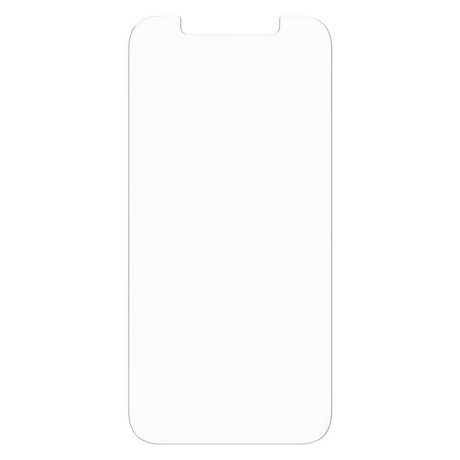
2 This, along with environmental concerns with the use of lead, has encouraged research into other types of HMO glass for radiation shielding applications. While glasses containing lead oxide are common, increasing the lead content leads to a reduction in both melting point and hardness of the glass. 2 Crucially, HMO glasses experience relatively little optical or mechanical degradation as a result of exposure to radiation. The resulting glasses are capable of attenuating radiation at levels comparable to concrete and other standard shielding materials while allowing visible light to pass through. These chemicals can turn ordinary silicate glass into transparent radiation shields capable of effectively absorbing neutrons, gamma rays and x-rays. In general, glasses used for radiation-shielding applications include heavy metal oxide (HMO) modifiers such as lead oxide (PbO) and bismuth oxide (Bi 2O 3).
#Alpha glass block windows
In other areas, screens and windows made from radiation-shielding glass protect healthcare workers and researchers from x-ray sources such as spectrometers and computed tomography (CT) scanners. Gloveboxes are used for lower intensity radiation sources such as certain radiopharmaceuticals. Hot cells are more thoroughly shielded heavy-duty containers used for high-intensity radiation sources such as spent nuclear fuel rods. Both are shielded containers with radiation-proof glass viewing windows, used for the safe storage and manipulation of radioactive materials. In many of these applications, radiation-shielding glass finds use in the form of containers known as hot cells and gloveboxes. This unique set of properties makes glass an invaluable radiation shield for applications where line-of-sight is required, such as in medical radiography and nuclear fuel processing. As well as offering tunable mechanical, chemical and optical properties, glasses that contain lead strongly absorb gamma, x-ray, and neutron radiation. Today, lead glass and other types of specialized glass are considered vital materials for protection against radiation exposure. Many of these early interventions made use of lead glass to absorb radiation: These included lead glass backings for fluorescent screens, and thick lead glass goggles to protect against cataracts. Though the risks of radiation exposure were not quickly accepted, radiation shielding equipment was developed as early as 1896. By the end of 1896, numerous cases of x-ray dermatitis and more serious conditions were reported within the scientific community. Unfortunately, scientists of the time were late to establish that x-rays were capable of damaging living tissue.

History of Glass Radiation Shieldingĭiscovery of x-rays by Roentgen in 1895 was followed by a flurry of x-ray research: around 1000 x-ray research papers were published within a single year. In this article, we take a look at some of the most common applications of radiation-shielding glass, and the ways in which glass can be modified to shield against radiation.

Certain types of glass offer excellent shielding against various types of radiation, making them indispensable for applications in medicine and the nuclear industry.


 0 kommentar(er)
0 kommentar(er)
